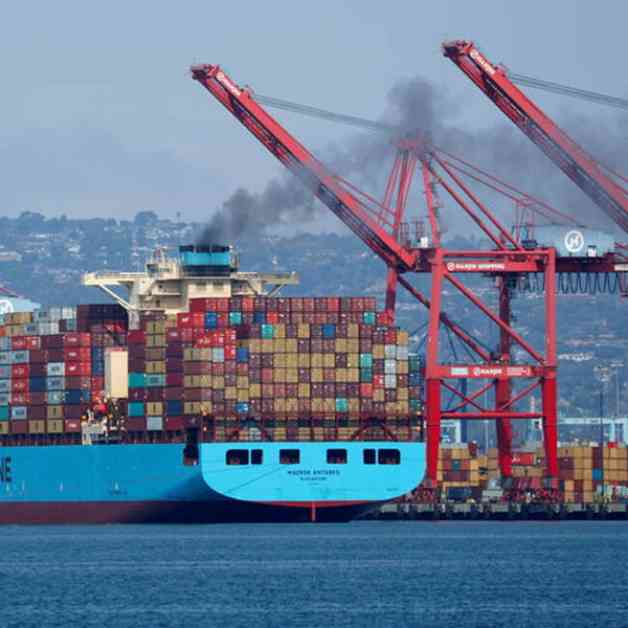Retail giants like Walmart, Target, and Shein have decided to launch their back-to-school sales earlier this year in an effort to compete with Amazon.com’s Prime Day event and prevent a decline in U.S. sales of backpacks and laptops. This strategic move has caused the peak ocean shipping season to advance by two months and has further increased the already high freight rates.
Stephanie Loomis, the head of ocean freight for the Americas at Rhenus Logistics, noted that this year, July seems to be the peak season for shipping, a shift from the usual beginning of the peak season. Retailers contribute to about half of the U.S. container import volumes, highlighting their significant role in the ocean shipping industry, which handles approximately 80% of global trade.
The early movement of goods can be attributed to various factors, such as the Houthi rebel attacks near the Suez Canal, which led to cargo vessels taking longer routes around Africa. This disruption forced companies like Denmark’s A.P. Moller-Maersk to adjust their global shipping network due to Red Sea disturbances impacting trade routes beyond the Far East and Europe.
In response to challenges like new tariffs on computer chips and electric-vehicle batteries, as well as labor talks affecting dockworkers, importers have accelerated their shipping timelines. Companies like Nike have brought forward their shipments of athletic shoes and apparel to the U.S., originally intended for the June-August quarter, reflecting a broader trend among importers to stay ahead of potential cost increases and supply chain disruptions.
The surge in demand has led to a significant rise in shipping costs, with the off-contract price of sending a standard 40-foot container from Shanghai to New York nearing $10,000, double the cost compared to February. This increase in freight rates has raised concerns about possible price hikes for U.S. consumers already grappling with inflation pressures.
Despite these challenges, U.S. container imports saw a notable growth of 11.9% in May and 10.4% in June, indicating a strong demand for imported goods. Major retailers have adjusted their sales schedules, moving back-to-school promotions earlier to compete with Amazon’s Prime Day event. This strategic shift has caused a ripple effect throughout the supply chain, with fall fashion, Halloween, and year-end holiday products already making their way through the distribution channels.
Looking ahead, logistics executives are working to prevent supply chain disruptions seen in recent years due to various factors like trade tensions, the pandemic, and geopolitical events. The early start to the peak shipping season could potentially lead to a stabilization of freight rates, with some experts predicting a peak in demand in July and August followed by a gradual easing in September.
Overall, the optimization of the peak ocean shipping season by U.S. retailers underscores the dynamic nature of global trade and the complex interplay of factors influencing supply chain operations. As companies navigate these challenges, adapting to changing market conditions and consumer behaviors will be crucial in ensuring a smooth and efficient flow of goods across international borders.










